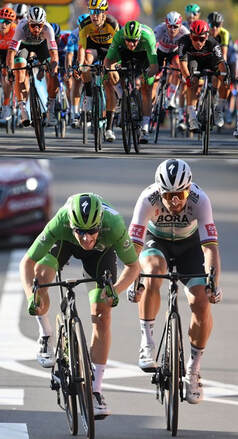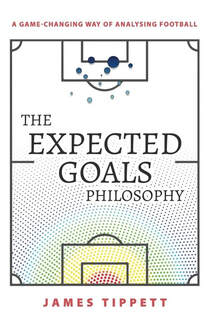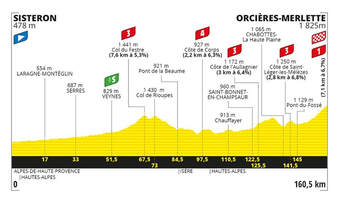"It's an absolute disgrace. An absolute joke." These were the words of Sky Sports pundit Jamie Carragher following the awarding of a penalty to Newcastle United against Tottenham on Sunday when Eric Dier had the ball headed off his arm, while looking the other way.
It is hard to disagree with Carragher. The new interpretation of handball by Premier League referees and VAR is a joke. In fact, it is quite incredible (to us at least) how often the ball seems to strike the arm of a player in the lead up to a goal or penalty. Before the introduction of VAR almost everyone had a fair idea of what was handball and what was not.
Prior to the introduction of VAR it was assumed that the technology could deal with the likes of Diego Maradona and Thierry Henry - instances where the hand is deliberately used to control ball. I also assumed we might see VAR used 5-6 times per season. "Oh did you hear VAR was used in the game between...", just like Goal Line Technology. Instead VAR is eating the game. In the search for consistency with handballs, the unintended consequence has been the awarding of almost anything when the ball hits the arm - deliberate or not.
Some handballs are clear cut - like the two mentioned above - others are not. This is why there is a referee. To make those calls. People will disagree. So be it. Football had survived (and thrived) for 150 years this way.
If the rules continues as they currently are, another unintended consequence will be countless penalties in each game. The data below (supplied by Opta) can illustrate this.
2018-19 is pre-VAR and actually reports a higher number than 2019-20 when VAR was first used in the league.
This season has witnessed a huge jump in the number of penalties awarded, half of which have been for handball. The 2020-21 figures, for the first 30 games, are already more than the two seasons previous combined.



 RSS Feed
RSS Feed